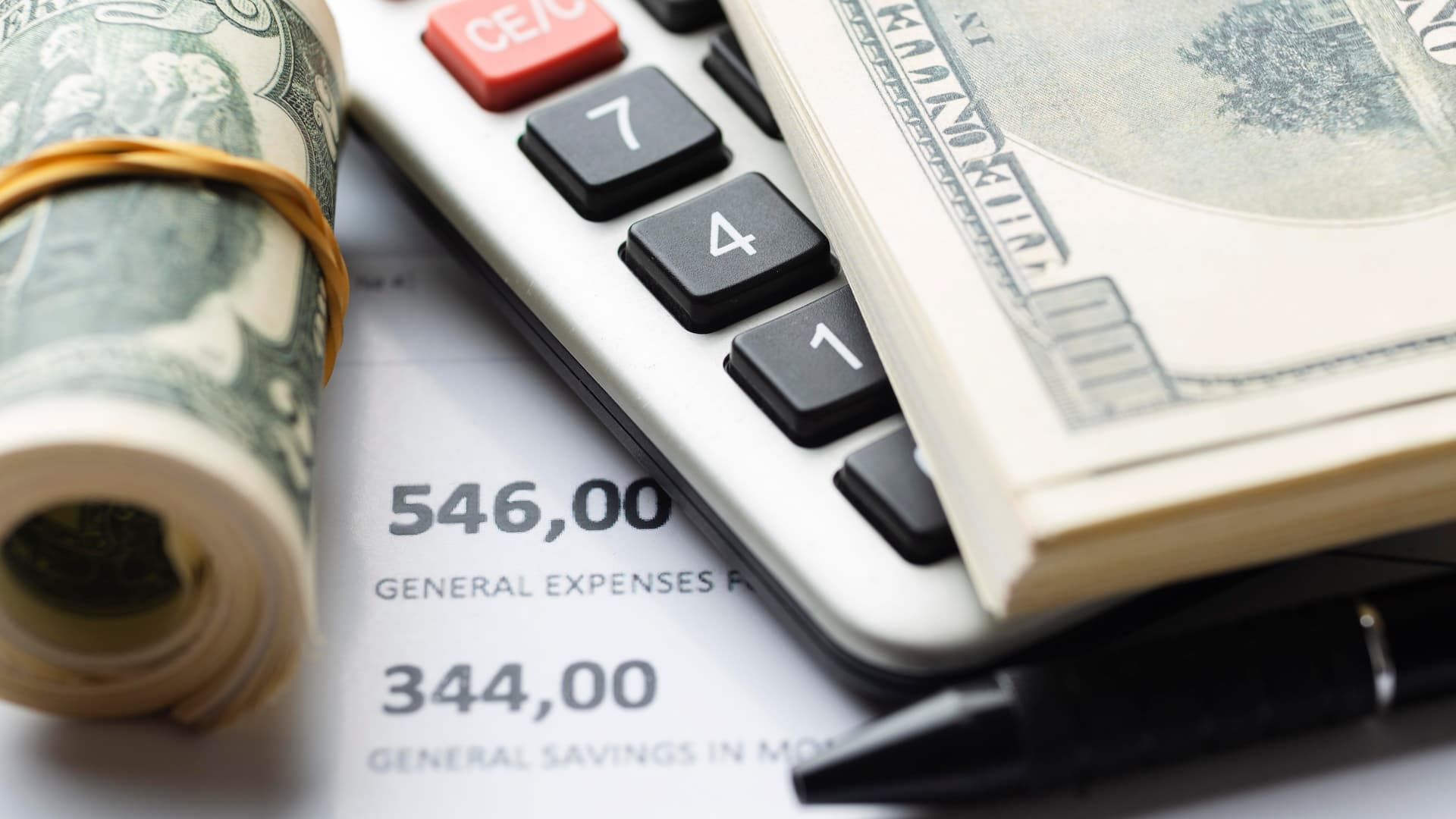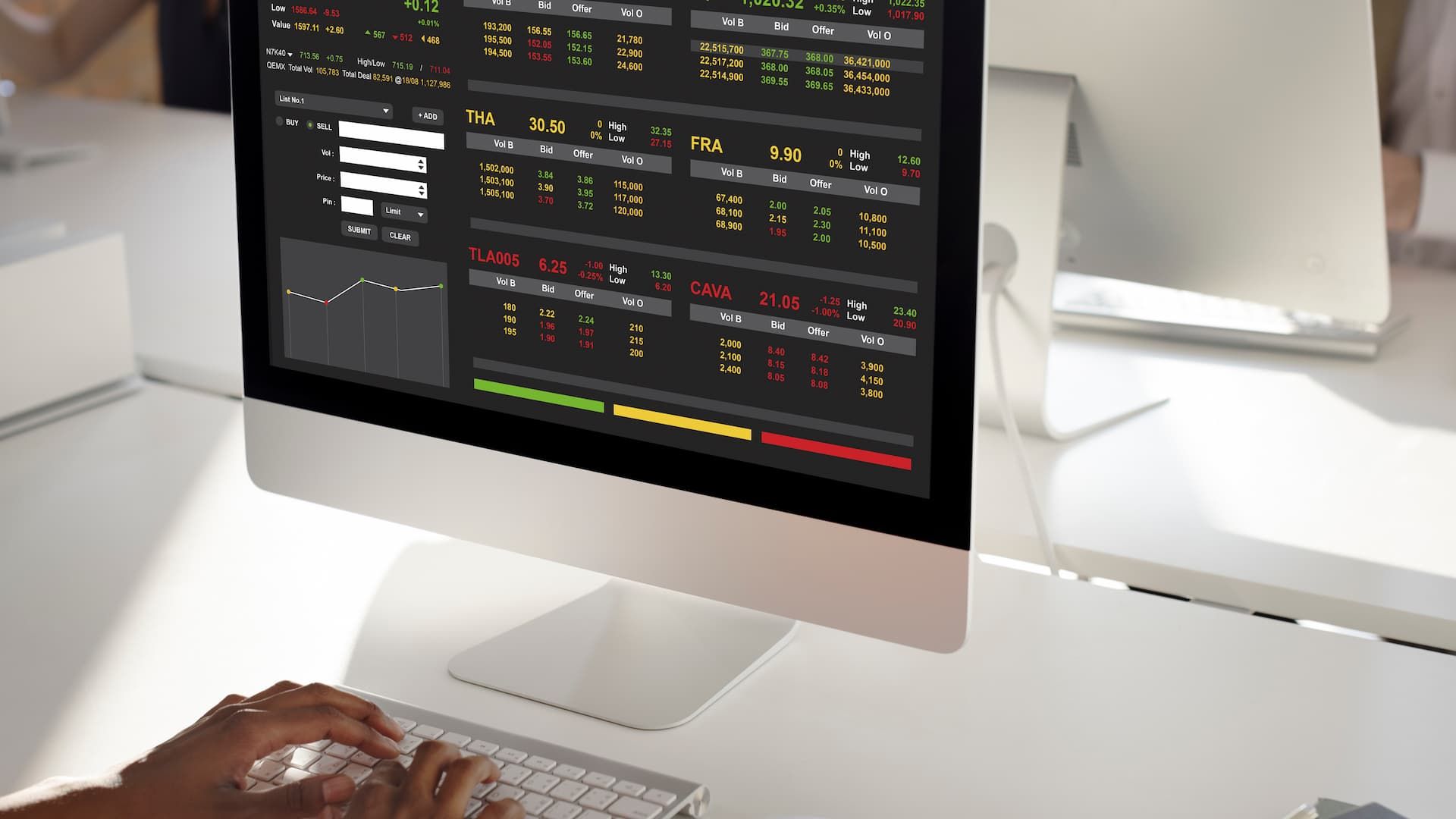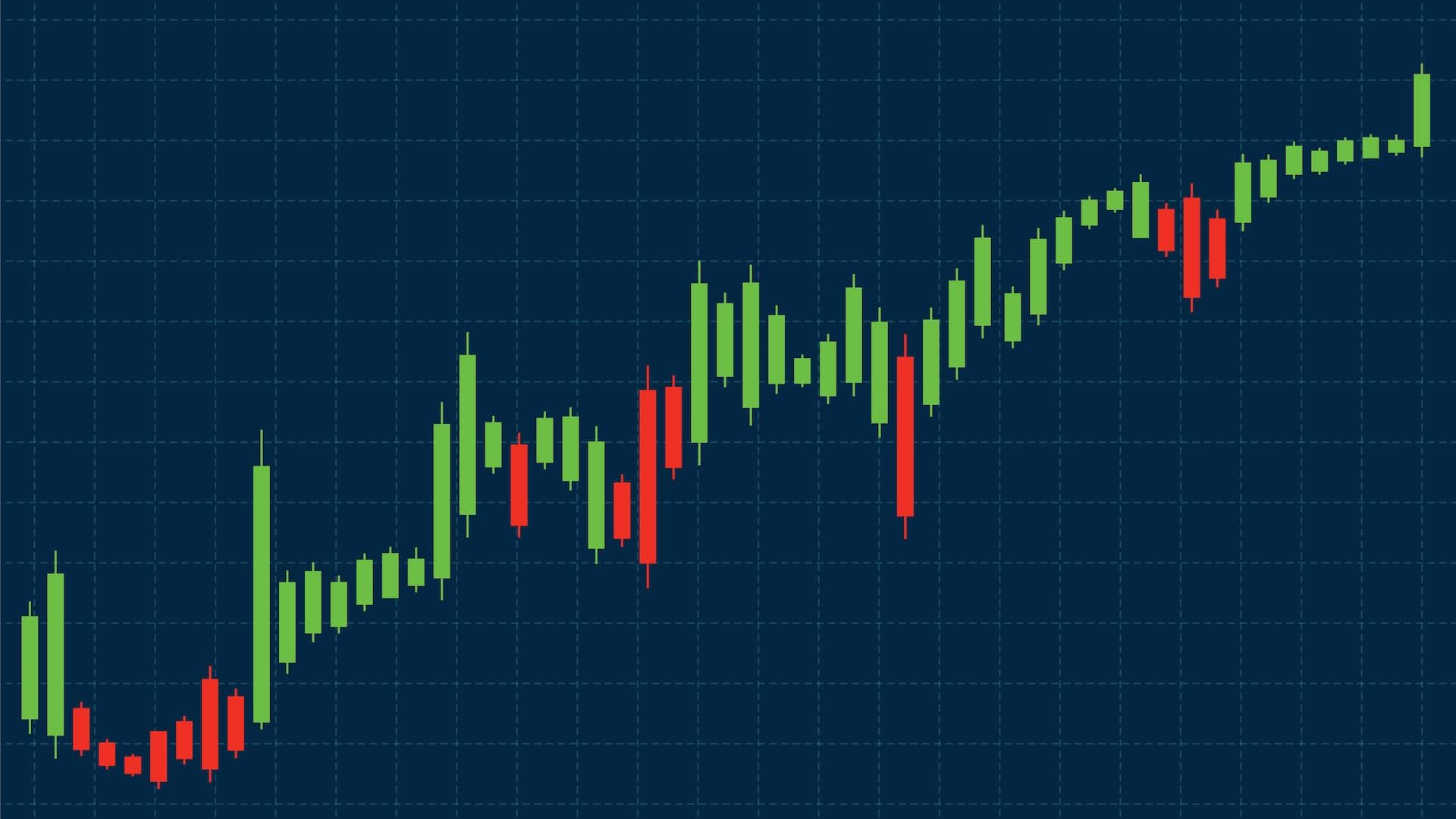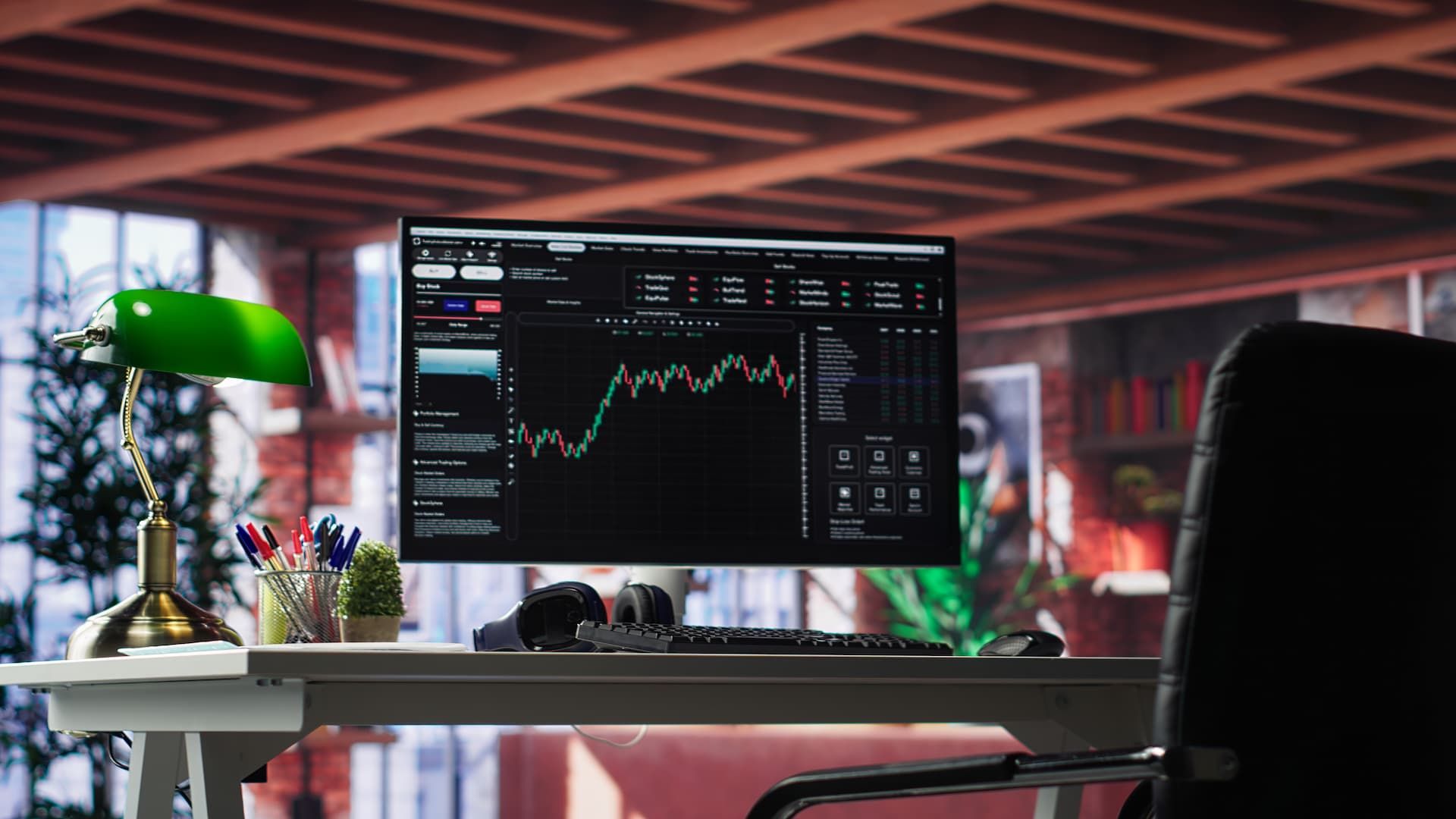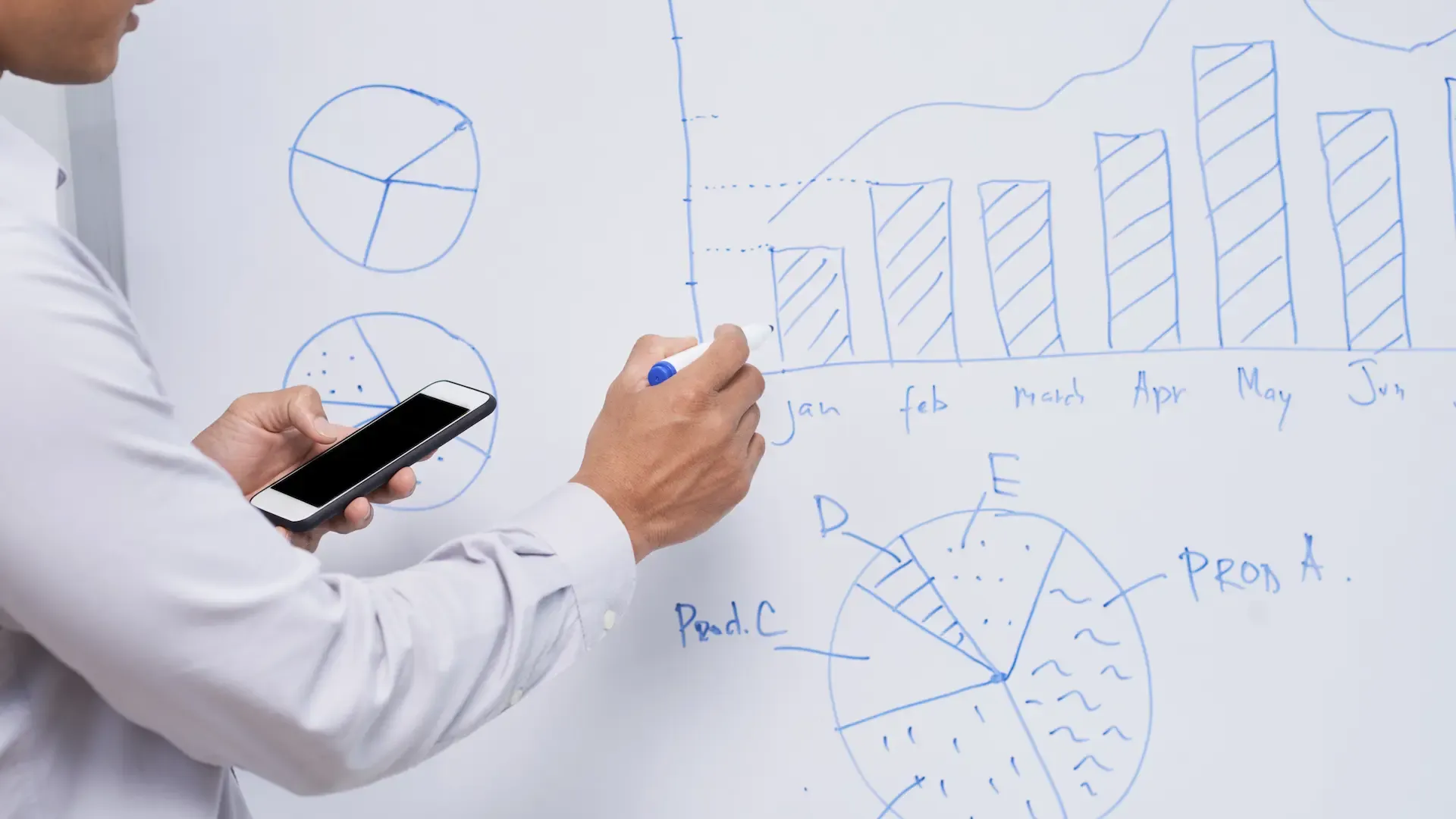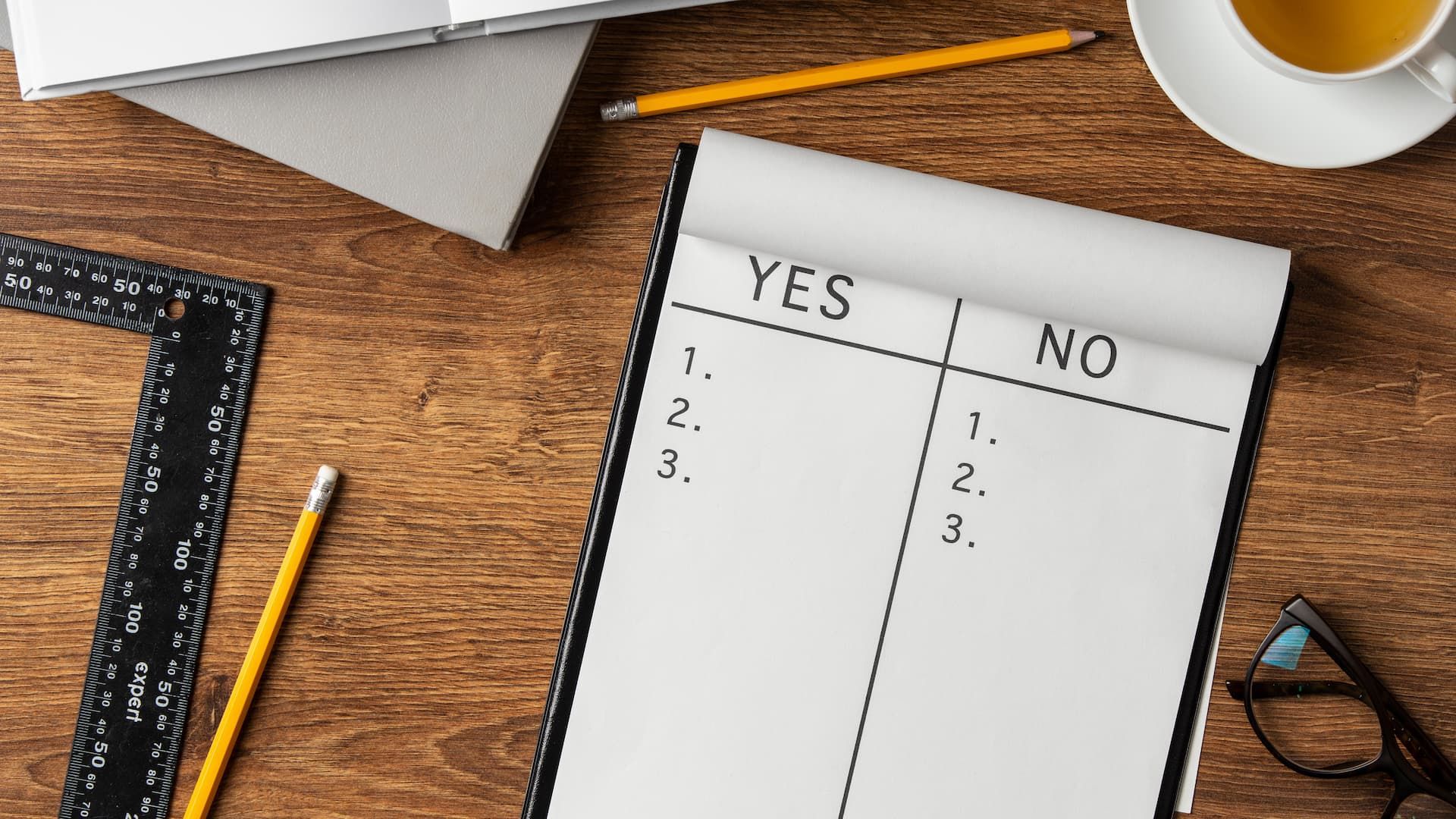Backtesting effectively is one of the most reliable ways traders test their strategies before committing capital in the live market. By running a trading system through historical market data, traders can evaluate how it might have performed under different market conditions. This process offers insights into potential profit, risk, and overall strategy performance.
But backtesting also comes with a major trap: curve fitting. When traders adjust too many parameters to fit past data perfectly, the result often looks flawless on paper but delivers poor performance in actual trading. It gives false confidence, making traders believe they have discovered a winning formula when the strategy may only have memorized random noise in the data.
In this article, we will explore how to test trading strategies without falling into the trap of curve fitting. We will look at in sample and out of sample data, the importance of equity curves, and the role of risk management. With the right approach, you can avoid overfitting, design robust strategies, and trade with confidence on platforms like 24markets.com.
Why Backtesting Matters in Algorithmic Trading
Key Points for Algorithmic Traders to Remember
Backtesting allows traders to check if a strategy built on past data has a chance of success in future results. By applying a trading system to historical data points, system traders can measure performance, analyze drawdowns, and identify recurring patterns.
The key is to remember that past performance does not guarantee future success. While it can highlight strengths and weaknesses, relying on the same data too much can create misleading results. A great example is when traders adjust parameter values just to improve outcomes in testing, which often fails when exposed to new data.
The Role of Algo Trading in Modern Markets
Algo trading has transformed financial markets. Algorithmic traders now use machine learning models, statistical methods, and programming tools to build strategies that execute trades automatically. For these models to work, backtesting effectively is essential.
Modern markets operate in different market regimes, shifting from trending environments to range-bound conditions. Backtesting helps traders see how strategies respond to various market conditions and whether they remain profitable when market volatility increases. Platforms like 24markets.com offer live data and backtesting tools that let traders refine their models with confidence.
Understanding Curve Fitting
What Curve Fitting Means in Algo Trading
Curve fitting happens when a strategy is tuned so closely to past data that it loses adaptability. Traders might tweak stop losses, moving averages, or entry points until the equity curve looks perfect. But in reality, the model is just responding to random noise rather than underlying market behavior.
Overfitting occurs when machine learning models or trading strategies are trained on too many parameters. Instead of learning transferable rules, they memorize historical data, producing strategy results that fail in unseen data or live trading.
How Algorithmic Traders Fall Into Curve Fitting
It often starts with good intentions. A trader builds a system on in sample data, adjusts variables, and keeps testing until the strategy delivers smooth profits. But when that same system faces new data, it collapses. The reason is simple: the strategy was never robust, it was just optimized for the past.
For example, a forex strategy backtested on EUR/USD using one data set might look profitable. But when applied to different market regimes or another sample, performance vanishes. This is a clear red flag that the system is overfitted.
The Difference Between Overfitting and Curve Fitting
Both terms are closely related. Curve fitting describes tailoring a strategy too closely to historical market data, while overfitting refers to models learning patterns that are not meaningful, often due to too many parameters. The result is the same: strong results in testing but failure in actual trading.
In Sample vs. Out of Sample Data
Defining In Sample Data for Strategy Testing
In sample data is the historical period used to design and optimize a strategy. For example, testing a system on stock trading data from 2015 to 2020 would be considered in sample. The process is useful because it helps refine rules and measure initial performance.
However, using the same data for both building and validating creates the risk of false confidence. If the model performs too well on in sample, it might simply be an overfitted model.
Why Out of Sample Testing Strengthens Results
Out of sample testing uses unseen data that was not part of the system’s development. If a trading strategy built on in sample data also delivers similar results on new data, it suggests robustness.
This method is critical in algorithmic trading. Out of sample testing confirms that strategies can survive different market regimes, not just the specific conditions of the training period. Without it, traders may end up with strategies that fail the moment market conditions shift.
Balancing In Sample and Out of Sample Outcomes
A balanced process uses in sample for system design and out of sample for validation. Traders should test across various market conditions, time periods, and asset classes. This approach reduces overfitting and ensures strategies remain adaptable when faced with live data.
Equity Curve and Trading Performance
Using the Equity Curve to Spot Overfitting
An equity curve shows the cumulative performance of a strategy over time. A steady upward curve may look appealing, but if it is too smooth, it could signal curve fitting. No system avoids trading losses entirely, and real equity curves often show drawdowns.
By comparing in sample and out of sample equity curves, traders can spot whether the strategy delivers consistent performance or collapses when faced with new data.
Common Pitfalls That Distort the Equity Curve
Several mistakes can make equity curves misleading:
-
Ignoring realistic transaction costs such as spreads, commissions, or slippage.
-
Testing with unrealistic position sizing instead of proper position sizing.
-
Using the same data repeatedly, leading to over-optimization.
At 24markets.com, traders can run equity curve analysis with realistic transaction costs included, ensuring results reflect actual trading conditions.
Moving From Backtesting to Live Trading
Transitioning Strategies Into a Live Market
Once testing shows promise, traders need to move carefully into live trading. The best approach is gradual: start small, apply proper position sizing, and increase exposure only if strategy performance holds up under live conditions.
System traders often begin with forward testing or paper trading, which uses live data without risking capital. This process acts as a bridge between historical backtesting and actual trading.
How to Avoid Curve Fitting During Live Trading
Even in live markets, overfitting can occur. Traders sometimes change parameter values after a few trading losses, trying to improve results. But making minor changes too often creates instability and leads to poor performance.
Instead, stick to predefined rules, follow a solid risk management plan, and evaluate performance over a longer sample. Platforms like 24markets.com support this process by offering reliable execution and tools for both testing and live market participation.
Best Practices to Backtest Effectively
Practical Steps to Avoid Curve Fitting
To backtest effectively, traders should:
-
Use large data sets that cover various market conditions.
-
Include realistic transaction costs in every test.
-
Avoid using too many parameters just to improve outcomes.
-
Validate results with out of sample testing.
-
Watch for red flags such as perfect results with no drawdowns.
These steps reduce overfitting and improve the chance of consistent performance in future results.
Advanced Analytics to Strengthen Algo Trading
System traders today can use advanced analytics, from machine learning models to scenario testing. These tools provide insights into how strategies behave under random noise, different market regimes, and stress conditions.
Stress Testing Across Market Conditions
Stress testing is vital for building resilient strategies. By applying your trading system to extreme conditions, such as sudden price crashes or high volatility markets, you can see how it handles risk. If it survives without collapsing, that is a strong sign of robustness.
24markets.com provides traders with access to historical data, live data, and testing tools, making it easier to refine models and reduce overfitting. With proper analysis and systematic testing, traders can design strategies built to last.

